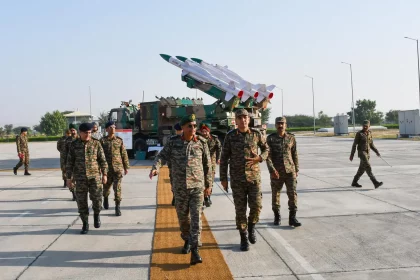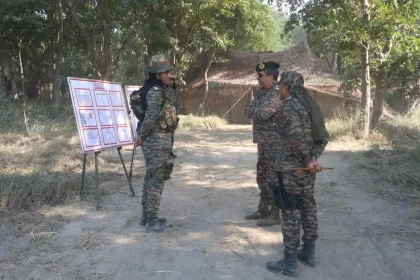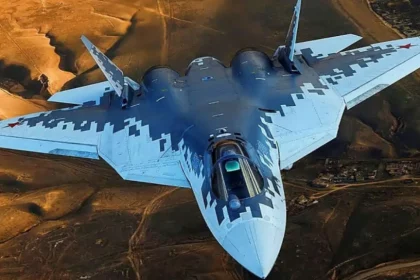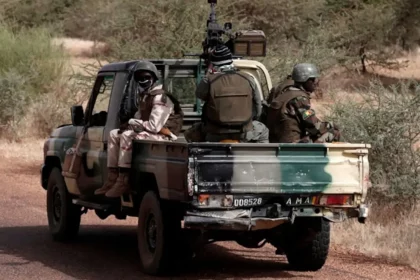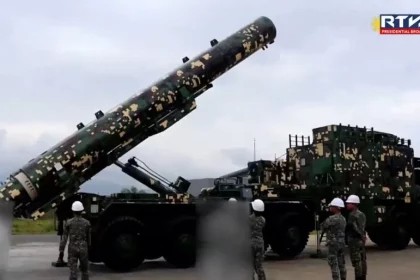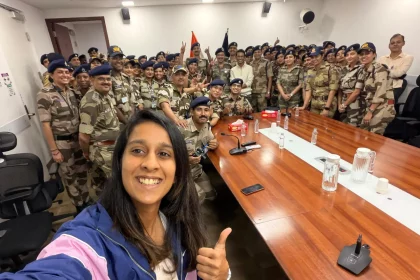Lt Gen Sumer Ivan D’Cunha Reviews Operational Readiness of AAD Regiment at Bathinda Military Station
DG Army Air Defence Commends High Training Standards and Operational Readiness.
Lt Gen Rajesh Pushkar Reviews Operational Readiness of Airawat Division
Kharga Corps Commander praises Airawat Division’s tech-driven readiness and commitment to operational excellence.
IAF Flags Stealth Deficiencies in Russia’s Su-57E Fighter Proposal
India Seeks Assurances on Radar Signature Reduction, Engine Upgrade, and Maintainability Before Procurement Talks Advance.
Five Indian Nationals Kidnapped in Mali by Suspected Al-Qaeda, ISIS-Linked Terrorists
Abduction Highlights Expanding Reach of Extremist Networks in the Sahel Region.
Philippine Marines Induct India’s BrahMos Missiles, Strengthening Deterrence in the South China Sea
Philippine Marines Induct BrahMos Missiles: A New Era of Indo-Pacific Deterrence.
CISF Felicitates Star Cricketer Jemimah Rodrigues for World Cup Triumph
Interaction with CISF personnel celebrates her inspiring journey and message of perseverance and teamwork.

